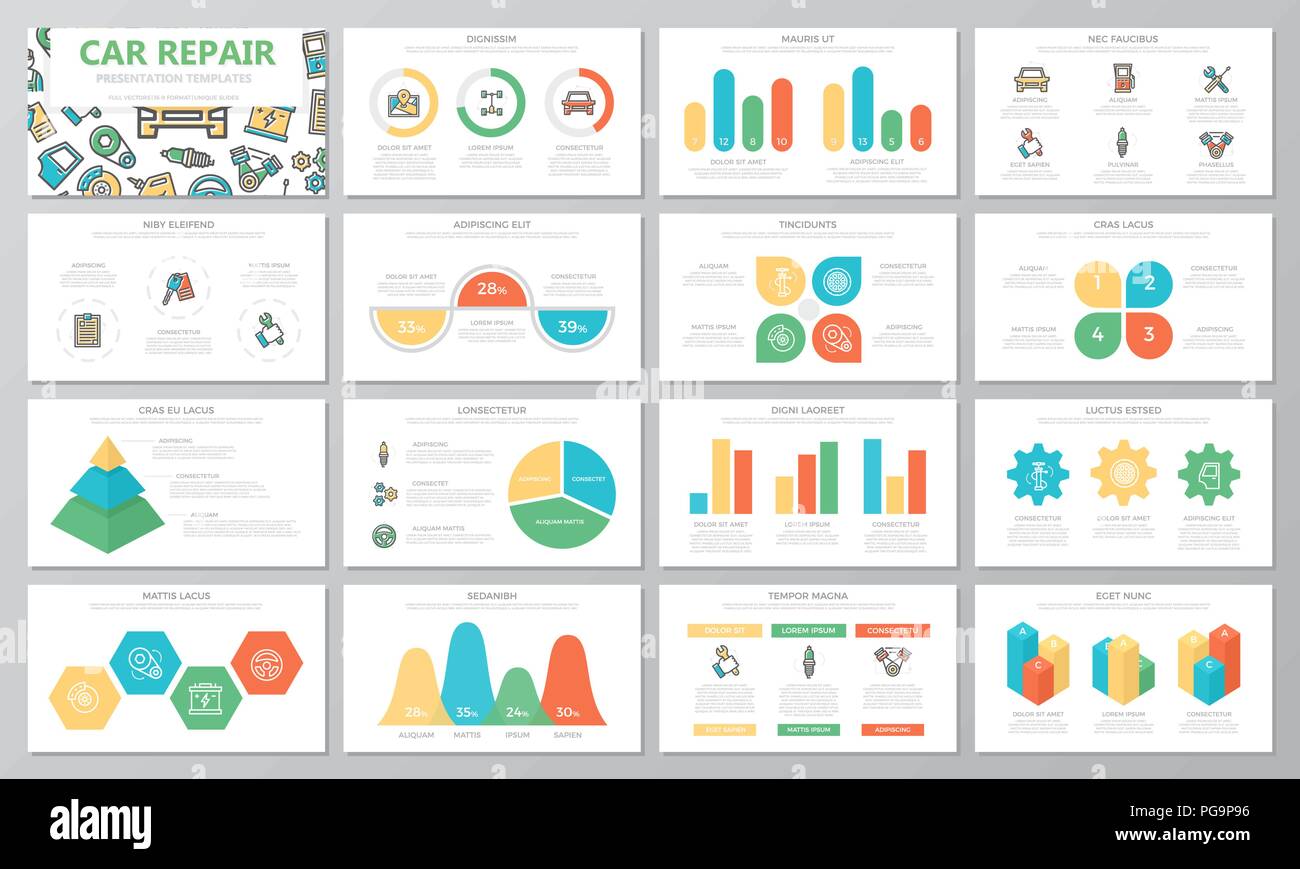Wondering Concerning The Definition Behind Those Dashboard Warning Lights? Gain Understandings Into Their Effects For Your Automobile'S Safety And Security And Maintenance
Wondering Concerning The Definition Behind Those Dashboard Warning Lights? Gain Understandings Into Their Effects For Your Automobile'S Safety And Security And Maintenance
Blog Article
Content Created By-Sykes Alvarado
When you lag the wheel, those glowing caution lights on your control panel can be a little bit puzzling. Do you recognize what they're attempting to inform you concerning your automobile's wellness? Understanding the importance of these lights is crucial for your safety and security and the longevity of your automobile. So, the next time among those lights appears, wouldn't you want to analyze its message accurately and take the required actions to resolve it?
Common Caution Lighting and Interpretations
Identify typical caution lights in your car and understand their definitions to ensure risk-free driving.
One of the most regular caution lights include the check engine light, which signifies problems with the engine or discharges system. If this light begins, it's essential to have your vehicle inspected promptly.
The oil pressure advising light suggests reduced oil pressure, requiring prompt attention to avoid engine damage.
https://www.aftermarketnews.com/advance-auto-parts-tekmetric-announce-strategic-partnership/ flashing battery light might suggest a malfunctioning charging system, potentially leaving you stranded otherwise resolved.
The tire pressure monitoring system (TPMS) light notifies you to low tire pressure, impacting car stability and gas performance. Ignoring this might result in unsafe driving conditions.
The ABS light indicates a problem with the anti-lock stopping system, endangering your capacity to quit promptly in emergency situations.
Last but not least, the coolant temperature cautioning light warns of engine overheating, which can result in severe damage otherwise settled swiftly.
Recognizing these typical warning lights will aid you address concerns promptly and preserve safe driving conditions.
Value of Prompt Interest
Recognizing the usual caution lights in your automobile is just the first step; the value of promptly dealing with these cautions can not be emphasized enough to ensure your security when driving.
When a warning light illuminates on your dashboard, it's your automobile's method of connecting a possible problem that needs interest. Ignoring detailing auckland can cause a lot more severe issues down the road, compromising your safety and potentially costing you extra out of commission.
Prompt attention to cautioning lights can prevent break downs and mishaps. For instance, a flashing check engine light can indicate a misfire that, if left neglected, can create damage to the catalytic converter. Addressing this promptly can save you from an expensive repair service.
Similarly, a brake system cautioning light could indicate reduced brake fluid or used brake pads, essential parts for your safety and security when driving.
Do It Yourself Troubleshooting Tips
If you notice a warning light on your control panel, there are a couple of do it yourself troubleshooting ideas you can attempt prior to seeking professional aid.
The initial step is to consult your automobile's manual to understand what the specific caution light suggests. Often the concern can be as straightforward as a loosened gas cap setting off the check engine light. Tightening up the gas cap might solve the problem.
An additional typical concern is a low battery, which can cause various alerting lights. Examining car buff and wax near me for deterioration and guaranteeing they're safe could repair the problem.
If a caution light persists, you can try resetting it by separating the car's battery for a few minutes and after that reconnecting it. Furthermore, inspecting your vehicle's fluid degrees, such as oil, coolant, and brake fluid, can assist fix advising lights connected to these systems.
Final thought
Finally, understanding your auto's warning lights is necessary for maintaining your automobile running efficiently and safely. By promptly dealing with these informs and recognizing what they suggest, you can prevent pricey fixings and potential breakdowns.
Bear in mind to consult your automobile's handbook for specific details on each warning light and do something about it as necessary to ensure a hassle-free driving experience.
Stay notified, remain secure when driving!
